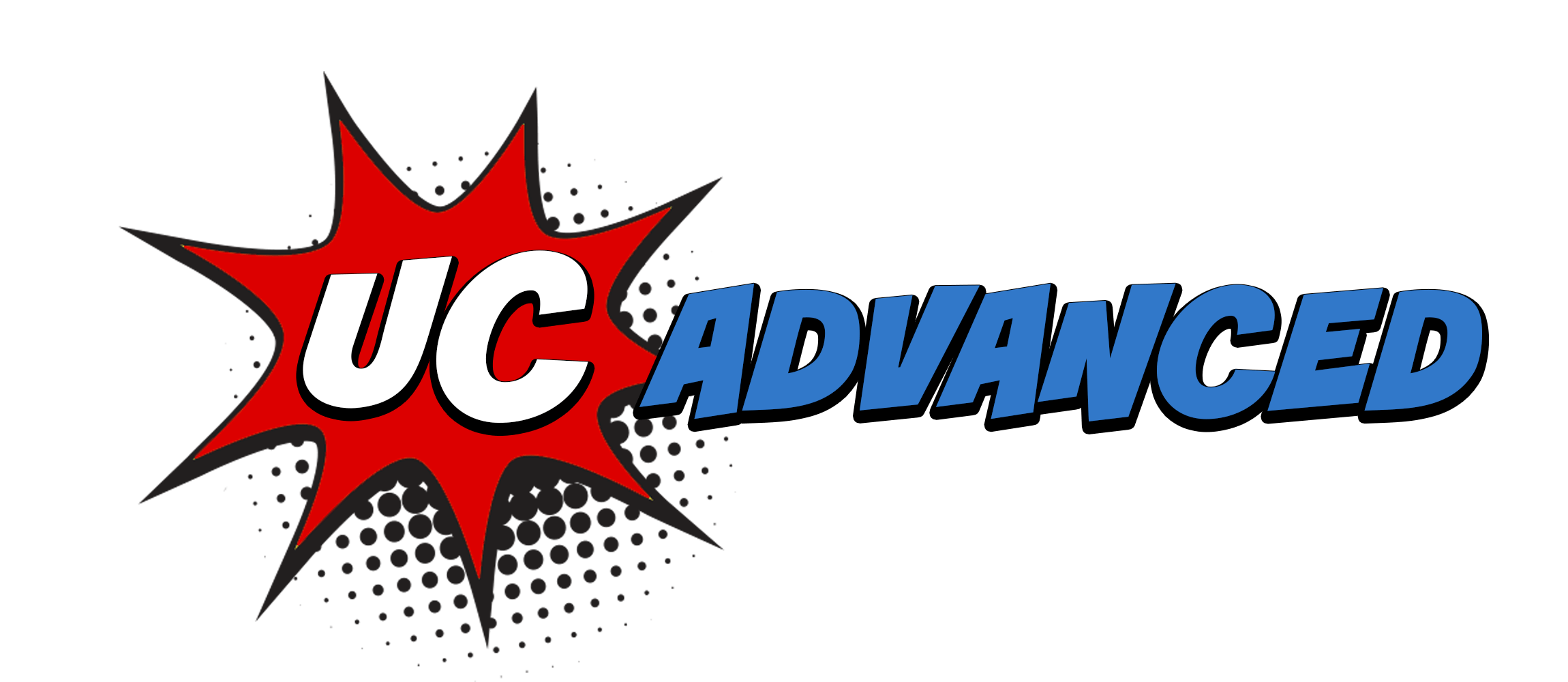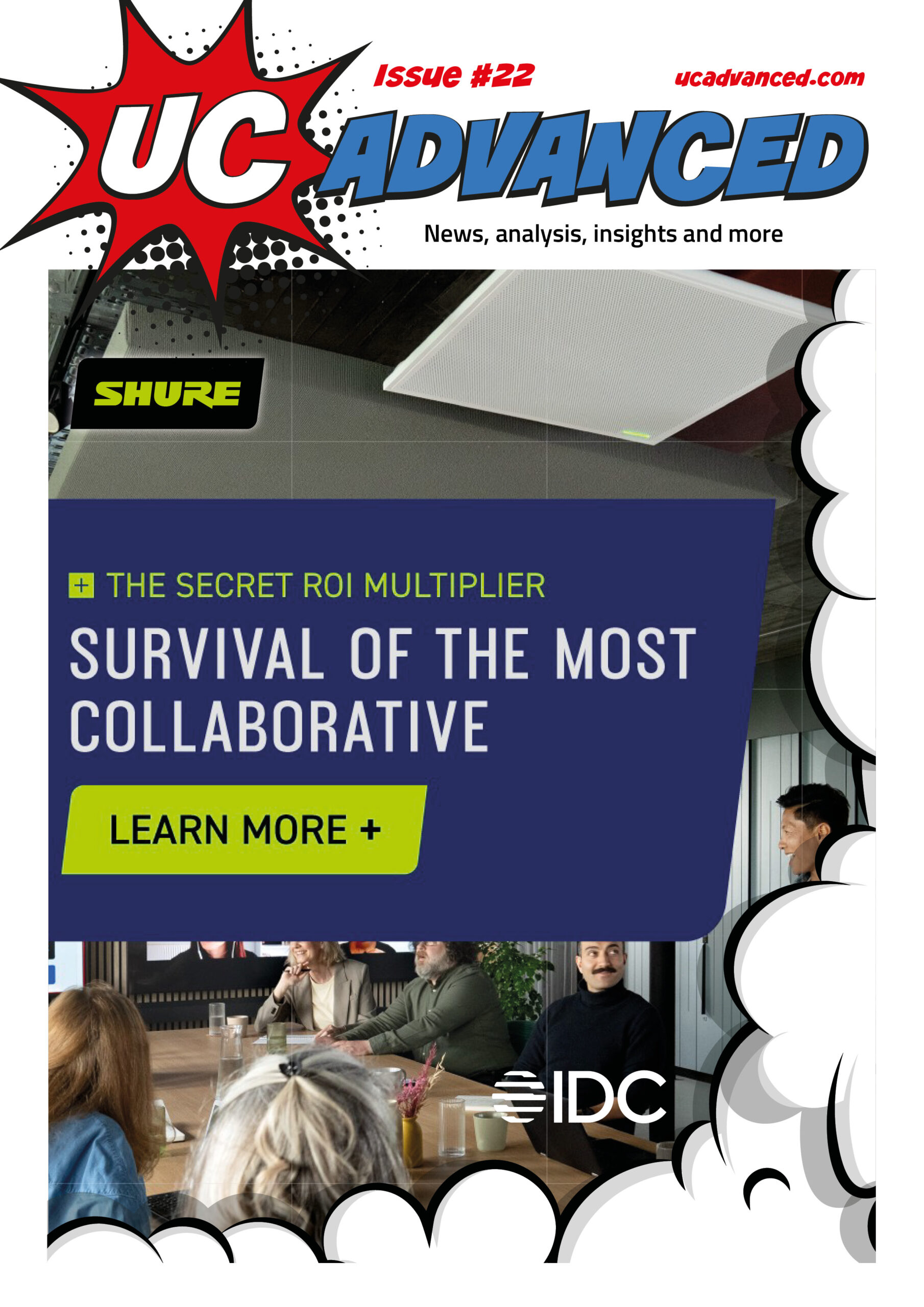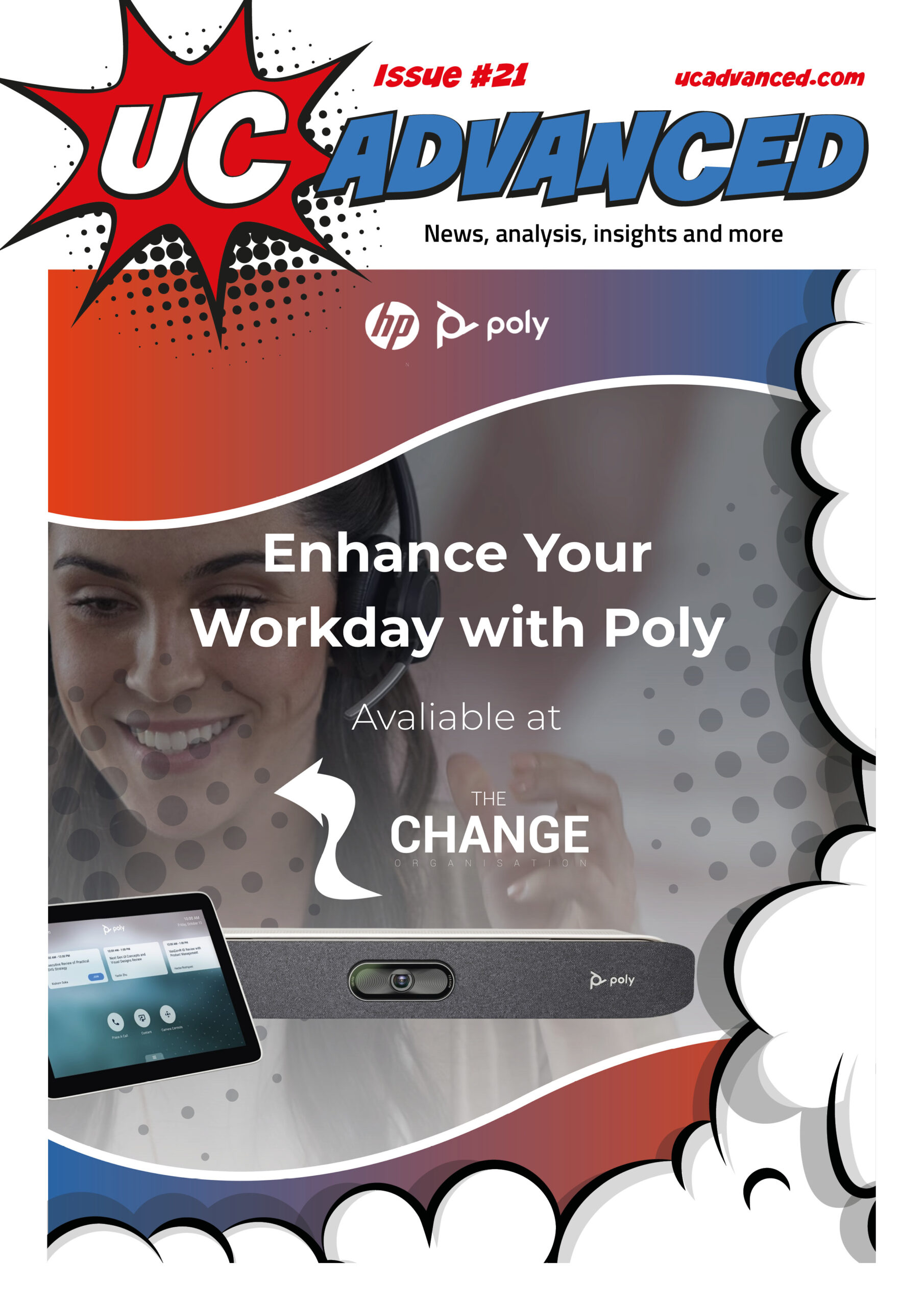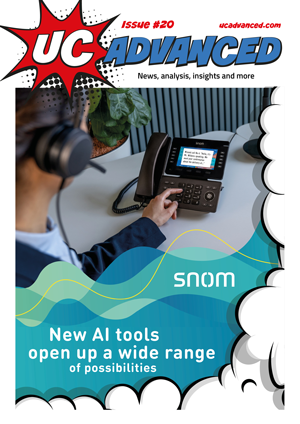As productivity trends move towards working from home, what are the challenges in the public sector?
Effective communication is crucial for the smooth functioning of public sector organisations.
Government departments, education institutions and healthcare facilities face unique challenges when it comes to their communication needs. Limited budgets, legacy systems, the shift to remote working and the demand for value-driven solutions are just a few of the hurdles they encounter.
However, by understanding these challenges and embracing innovative solutions, public sector entities can enhance their connectivity and deliver high-quality services to citizens.
“In recent years, we’ve seen many public sector organisations turn their attention to technology consolidation in order to keep remote operations running smoothly,” said Russell Tilsed, VP of Sales, EMEA, 8×8.
“The majority have adopted Teams from a communications technology standpoint to help with remote collaboration and the delivery of excellent customer and employee experiences. In fact, our research indicated that 92% of public sector organisations are using Teams.
“Now that the initial adoption of communications platforms has been achieved, the new challenge we’re seeing is helping public sector organisations to move beyond using these platforms for internal collaboration alone.
“They now need to extend the platform’s capabilities to include other areas of the organisation, in order to optimise business-wide collaboration and communication. We must help them develop a unified approach to their communications environment, which involves looking at their current collaboration tools to see how they can also be used elsewhere – such as in the contact centre.”
Adapting to Change
As with businesses around the world, the public sector is having to come to terms with the move to working from home, and the consequences of a poor transition or a flat-out refusal to comply.
According to Dan Lloyd, Channel Partner Manager at Cirrus, this presents “a huge opportunity for resellers looking to sell into the public sector.
“In recent years, the sector has experienced a significant shift to cloud-based services and the majority of resellers now have the product portfolios that public sector firms need at their disposal; whether it be telephony, contact centre or IT support, or other cloud solutions.
“It seems that we have been talking about digital transformation for a decade, however, there are still a lot of organisations out there yet to make the switch from legacy technology. Public sector buyers are still very much focussed on improving efficiency and providing a better quality of service to their audiences and end-users.
“Citizen or customer engagement is another huge focus at the moment. Looking specifically at local councils, members of the public want a more efficient communication method than having to visit the local office to raise a query. Buyers also want to improve the journey by utilising the power of technology and AI.”
The communication angle is also a theme that Chris Hopkins, Public Sector Lead at Logitech, has picked up, as public sector organisations aim to replicate the face-to-face contact we largely relied on before the turn of the decade.
“Hybrid working is now a way of life for many public sector employees, and the market is primarily composed of technologies that support effective remote working, hot-desking and meeting space environments. What is changing now is what workers want from the office when they choose to go in, with collaboration space technology such as meeting room cameras and room booking systems likely to be a high growth area.
“The biggest priorities for the public sector are simple, standardised and sustainable solutions, which offer value for money in order to maximise limited budgets. Because of this, public sector organisations are also looking to ensure that existing products and investments can continue to be used where appropriate. They are moving towards upgrades of accessories and solutions that bring existing estates up to date, and provide higher levels of security for a hybrid working world.
“In a similar way to the private sector, the public sector requires AV technology to help replicate the feeling of face-to-face collaboration. Large-scale hybrid working will be the future for many parts of the civil service, and it’s key that employees have access to meeting rooms that are equipped with high quality and easy to use video conferencing systems.”
Legacy
Now that these organisations are coming around to working from home, the next step is working out whether it’s possible.
Hopkins went on to say that there can be a range of sticking points with selling into the public sector, including regulations, budgets and the legacy systems that are often in place.
“Government departments, as well as other areas of the public sector such as education and healthcare estates, are often hindered by limited budgets and a desire to reuse existing AV equipment, whilst also trying to relieve pressure on their IT support teams,” he said.
“Also, legacy systems have still been in place in many government departments until recent years. This means that it’s important to opt for technology that is easy to use and integrates seamlessly into accessible programs such as Microsoft Teams. With simple, easy to use kit employees in the public sector can be empowered, sometimes for the first time, to use technology like video conferencing systems without IT support, and new systems can be integrated alongside existing equipment.
“We are also finding that public sector organisations simply don’t have the bandwidth to provide on-site support for meeting spaces. This means that meeting room solutions that come with the addition of 24/7 support if anything stops working can help IT teams be confident their business-critical rooms always function as intended, even if teams aren’t on the ground.”
As with all businesses though, Lloyd says that innovative systems can win out when budgets are squeezed.
“It can be difficult for resellers to sell into and engage with public sector firms, due to the extensive list of regulatory requirements that they need to be a part of and frameworks that they must adhere to,” said Lloyd. “However, resellers are quickly rewarded for the time and effort invested in understanding the unique requirements.
“Winning new business in the public sector is a competitive process due to the number of well-established vendors and resellers also available. However, innovative ideas and creative solutions that align with regulations are key to unlocking new opportunities. Public sector organisations have to show their due diligence when spending public money. Therefore, proving their understanding and building a business case that meets compliance needs will go a long way in opening up conversations with those with purchasing power.”
Public Service
At the end of the day, the public sector can seem an intimidating place. However their needs are much the same as any public-facing business, namely communication.
“Working remotely has magnified the need for reliable connectivity across the public sector,” said Tilsed. “Public sector organisations are often required to work across a number of departments and agencies in different locations, and since the 2020 pandemic, working remotely or from home has become the norm for many public sector employees.
“At the same time, the ability to work remotely is now a fundamental factor in their customer experiences. For example, thanks to optimised collaboration and communications platforms, housing departments can diagnose issues remotely, such as broken boilers. Instant access video is helping engineers solve problems and make timely decisions remotely, streamlining the process significantly and improving the overall experience for members of the public.”
Hopkins was able to provide other examples where communication is key adding: “A&E patient care and interpreter negotiations in the defence and blue light sectors are two of the areas where AV is increasingly being used.
“The police and ambulance services are increasingly using video collaboration as part of their interpreter network. In the past, people needing an interpreter were connected via a phone call, but video calls are now replacing this system and proving a much more effective communication tool due to being able to consider facial expressions and body language.
“Another use has come in the form of fire and ambulance services using video conferencing systems to train remote workers on current practices and procedures – a technique that has proven to be a rapid, safe and efficient way to educate staff in the service.”
As a result, Tilsed says that CPaaS in the public sector is becoming more popular as “departments need to provide quick and efficient customer support. To help with this, we’ve seen many organisations adopting CPaaS technology, which includes SMS, voice, chat apps, video and performance monitoring.
“For example, a housing organisation can leverage video when triaging customer issues, such as leaking or burst pipes. With access to real time visual data, they can remotely connect with the customer to better diagnose a problem, understand its severity and urgency, and decide on an appropriate plan of action.
“Given service issues can be stressful situations, customers want them resolved as quickly as possible. Being able to speed up the process through communication technology, such as video capabilities, will therefore lead to better customer service experiences overall.”












